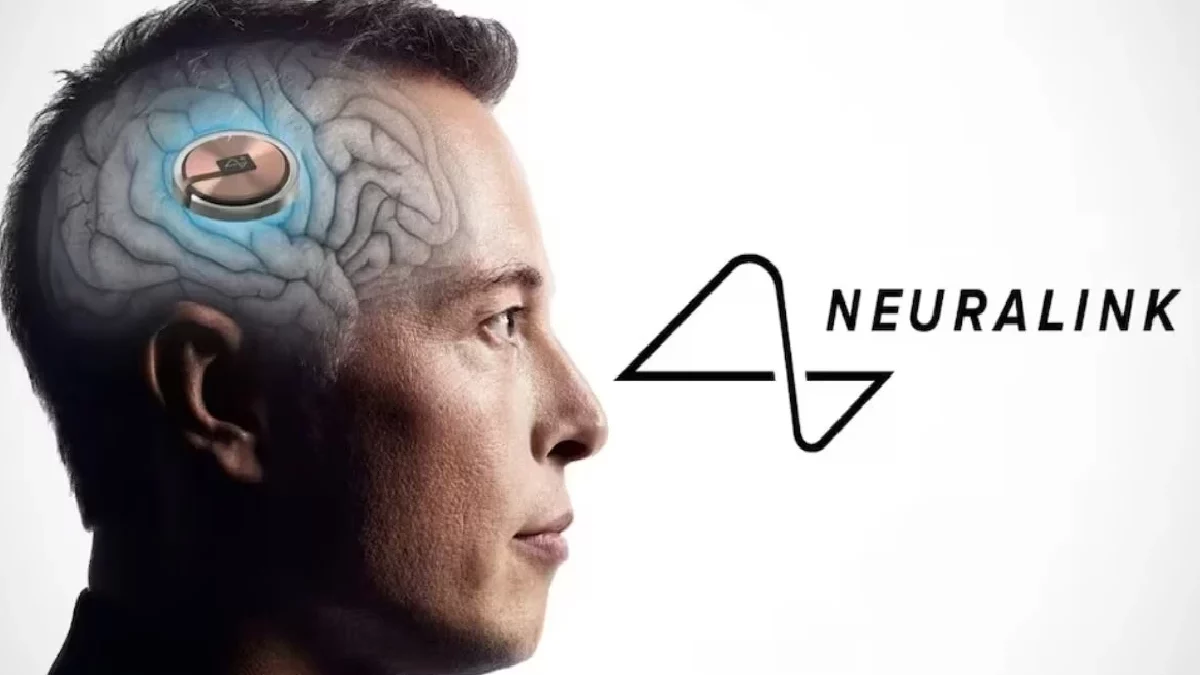Table of Contents
Neuralink
Neuralink is a technology that can help humans interact with machines using their brains.
What Is Neuralink?
- Neuralink is a device that will be surgically implanted into your brain, and with it, you’ll be able to communicate with machines and even control them.
- It will also help study the brain’s electrical signals and arrive at solutions that can help cure various medical problems.
How We Will Talk To Machines Using Our Brain?
- Elon Musk’s ambitious project of connecting the human brain to the internet to help control machines is almost at the stage of being released for commercial use.
- More prominently known as Neuralink, the company will disclose more updates about the project on 28 August.
- Which will give us an insight on when we can expect the technology to roll out and some more news on how it will be used.
- Since Musk hasn’t officially confirmed a release date for Neuralink, I am sure many of you are curious about what it is and how it will change the way humans will interact with machines.
- Not only that, Neuralink could push forward studies in fields of neuroanatomy and neuroscience by years.
What technology has Neuralink developed that is objectively useful?
- NeuraLink spawned the Link, which connects electrodes to a wireless controller and power supply that can be mounted neatly onto a brain.
- The Link utilises inductive power coupling to allow for overnight charging. While the wireless technology allows for wireless streaming of gathered neural data.
- The current version of the Link has 1,000 neural channels. And each track is connected to hundreds of neurons, making it very difficult to detect individual neurons firing.
- The first tech demonstration of the brain chip working involved. A machine that can install electrodes into brain matter while avoiding blood vessels.
- The advantage of a Neuralink system is installing thousands of electrodes while preventing bleeding, something that can be catastrophic.
- Another health benefit to such a system is the ability to automate a brain electrode system’s installation.
- Thus helping to realise long term goals of making brain implants a “one-hour procedure done at a local clinic.”

